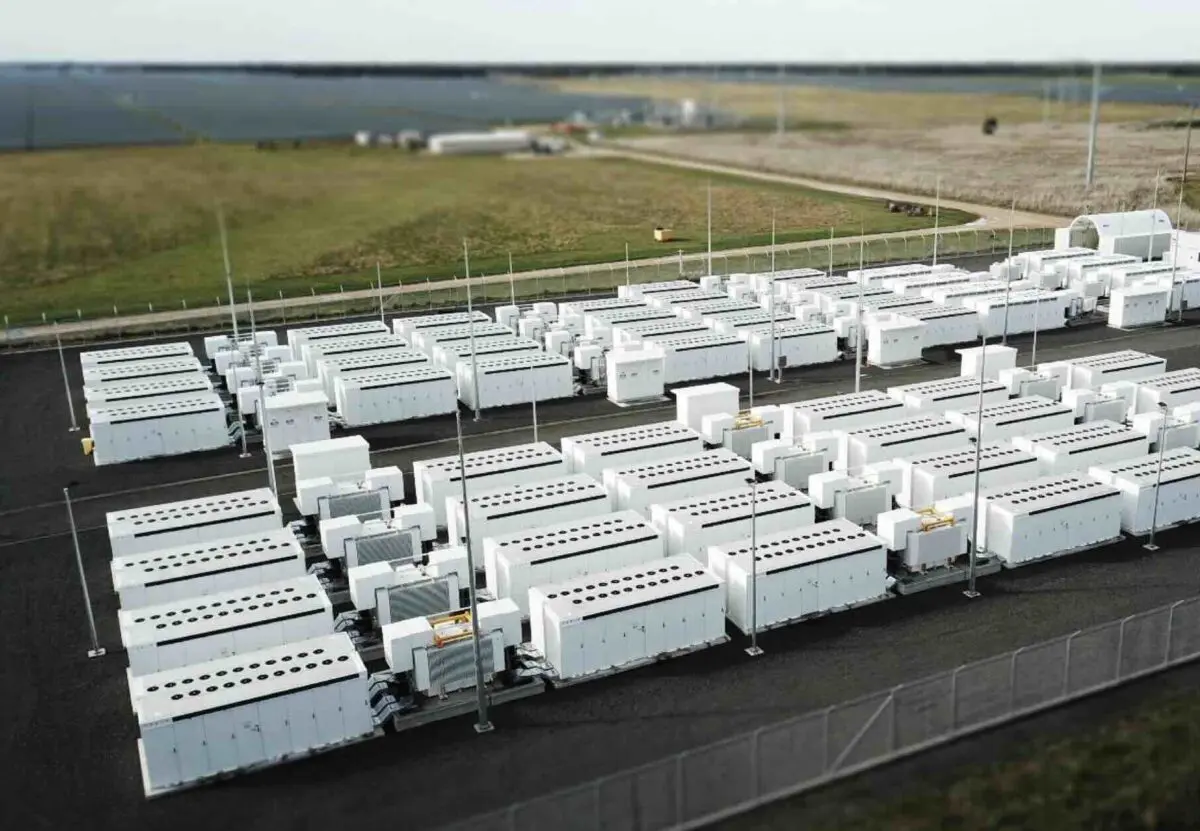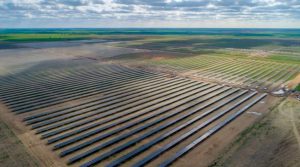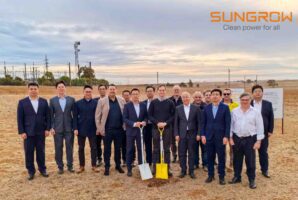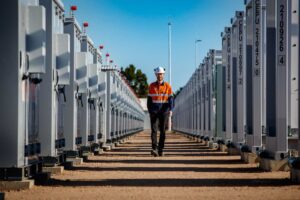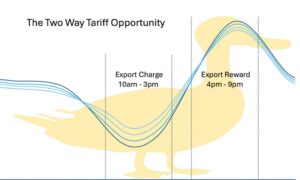It seems remarkable, given that it is less than seven years since the world’s first really big battery – the so-called Tesla big battery at Hornsdale – was built, that the capacity of battery storage around the world is expected to soon overtake that of the much more established pumped hydro technology.
The milestone was pointed out on LinkedIn by Marek Kubic, the co-founder of the US battery storage provider Fluence who now works at Neom, the hugely ambitious Saudi Arabia renewable and building project.
Kubik says the milestone – which he expects to occur in 2025 – is notable because it shows the battery storage technology, which is often derided as an immature technology, is anything but, and is showing exponential growth.
“Why does this matter?” he asked on LinkedIn. “Because batteries are still sometimes viewed to be a drop in the ocean.
“An often cited statement (I read this most recently in Prof. Mark Jacobson‘s book ‘No Miracles Needed’) is that PHES makes up 97% of installed grid storage. This was true just a few years ago in a MW sense but has been quickly outdated by exponential mathematics.”
He then provided these data points for the last five years.
In 2020 the was 17.6GW BESS vs 159.5GW of pumped hydro – PHES (90% PHES)
In 2021 27.3GW BESS vs 165.0GW PHES (86% PHES)
In 2022 44.9GW BESS vs 175.0GW PHES (80% PHES)
In 2023 89.2GW BESS vs 185.5GW PHES (68% PHES)
In 2024e 156.6GW BESS vs 196.6GW PHES (56% PHES)
In 2025e, the balance tips forever.
Kubik notes that BloombergNEF has predicted that the average annual capacity addition rate of battery storage from now on is expected to be nearly as much as its cumulative capacity.
That, of course, means that it is playing a significant role in global power grids, as has been witnessed in California, Texas, South Australia and elsewhere in recent weeks and months.
“BESS (battery energy storage systems) is now arguably just as mature and bankable asset class as PHES (pumped hydro), which has long been considered an energy storage gold standard of maturity.”
This is particularly relevant in Australia, where the federal Coalition and conservative media consistently mock battery storage as immature and compare its usefulness to the “big prawn” or the “big banana”.
Even in the last few weeks its leaders have made clear that battery technology is not mature, and not ready to fill in the gaps of a grid dominated by renewables. Clearly, the rest of the world has a different view, even if there are still plenty of developments ahead and a rapid learning curve in terms of efficiency and costs.
Of course, capacity is one thing and storage duration is another. Most of the big batteries installed in Australia have been between one and two hours storage, mostly because their initial target markets has been grid services such as frequency control and system security.
New battery projects are being built with four hours storage, some with the specific task of shifting the output of plentiful rooftop solar to the evening peaks, while at least three battery projects in NSW are targeting eight hours storage.
According to the most recent data from the Australian Energy Market Operator, there is more than 1.7 GW of battery storage capacity operating in the grid, and another 3.2 GW under construction.
There is another 4.4 GW of battery storage capacity soon to be developed and another 75 GW in then pipeline. The federal government’s Capacity Investment Scheme alone aims to contract 9 GW and 36 GWh of battery capacity by the end of 2027 through a series of tenders.
Most big batteries in California, for instance, are now four-hours storage, and that has enabled them to play a dominant role in the middle of the day, soaking up solar, and often displacing gas as the biggest provider of capacity in the evening peaks.
Pumped hydro usually offers eight hours storage as a minimum, and often 12 hours or more. It was rolled out in large numbers nearly half a century ago, often to serve as back-up for nuclear power generators (yes, even nuclear power – like every other power technology, needs back up).
However, pumped hydro projects have struggled in Australia because of the blow out in civil construction costs. The Snowy 2.0 pumped hydro project has been a particularly bad example, worsened by a shocking lack of planning and investigation into the geology of the project.
The smaller Kidston pumped hydro project in north Queensland, on the other hand, is expected to be delivered on time and on budget by its owners Genex Power, and will be the first pumped hydro project to be added to the grid in Australia for four decades when it is complete next year.
Kubik says battery storage and pumped hydro will have complimentary roles to play – batteries focusing on the flexibility and speed and ability to provide system services, and pumped hydro on dealing with longer storage requirements, such as extended periods of low wind and solar output.
“The difference for me is that as a technology class, BESS still has an exciting learning rate still ahead of it,” Kubik says. “Continued cost, density and performance improvements over time are guaranteed as it continues to scale, hence the hockey stick growth!”

